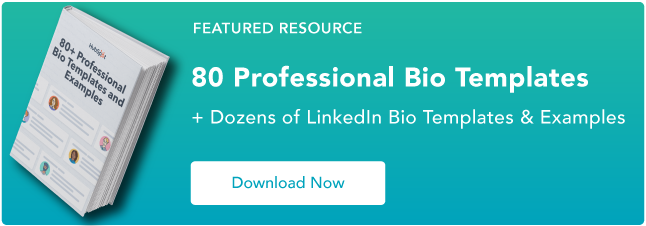Work events are really hit or miss. Let’s be honest: How many times have you found yourself anxiously fidgeting with a paper napkin in the corner of a stuffy networking happy hour?
Here’s the thing: It’s not the event itself that prevents you from coming back the following year. It’s the experience you remember having. In this blog post, we’ll look at some of the best experiences brands have ever offered their customers.
I have a big problem with generic trade shows and industry conferences. That’s why I was not only relieved, but surprised and delighted, when I attended a holiday party that featured a live, interactive version of an arcade game.
An entire room had been curated to look like a video game setting, and people were dressed up as characters from it. There was a giant, real-life scoreboard, boppy electronic music, and best of all, there was no tedious small talk.
It wasn’t just another tired work event … it was an experience. And in our line of work, that sort of thing has a name: experiential marketing.
While a surprising number of people haven’t heard of the concept, it’s kind of a big deal — there’s an entire three-day summit dedicated to it, and 65% of brands that use it say that it positively correlates with sales.
But what is it, exactly? And how has it been used effectively? We found 14 of the coolest experiential marketing campaigns that really break down how it works, and how you can apply those lessons to grow your business.
Experiential marketing (also known as xm marketing, engagement marketing, event marketing, on the ground marketing, live marketing, or participation marketing), might sound a bit like event marketing, which makes sense — experiential campaigns do tend to be event-centric. But there are also times when they have nothing to do with a specific event, as you’ll see from the examples we picked.
When an engagement marketing campaign is event-centric, it’s dedicated less to the type of event — like a concert, festival, conference, etc. — and more to interactions between the brand and the customer. (If you already have an event in the works, check out this guide to adding experiential elements to it.)
What do experiential marketers do?
An experiential marketer is in charge of creating and executing on the strategy for a client’s live, interactive marketing campaigns or in-person events.
An experiential marketer’s role is similar to a brand ambassador, event planner, or brand manager, and typically involves the following duties:
- Brainstorm innovative experiential marketing campaigns to increase brand awareness, interact with the public, and create positive brand perception
- Perform market research to understand what types of experiential marketing campaigns would perform best with a specific audience
- Create events or live, interactive campaigns to help businesses effectively connect with its target audiences
- Lead events and take charge of logistics as it relates to event management
- Track, analyze, and report on all experiential marketing campaign performance
- Work with cross-functional teams including brand, creative, digital, social, and public relations
- Travel to events as necessary to ensure vendor compliance and execution, sales support, and overall event success
Why Experiential Marketing Matters Today
According to Forbes, experiential marketing can bolster a lasting connection between customers and a brand. It can also allows you to collect vital data about participating consumers which can then help you improve your strategy.
These campaigns can take an integrated approach. The primary purpose is to experience a brand in a tangible, offline way, but you’ll still want an online dialogue around it.
When you consider that 49% of folks create mobile video at branded events — 39% of which is shared on Twitter — it makes sense to incorporate a digital element. A branded hashtag, for example, can get people talking about the experience.
1. Refinery29: 29Rooms
For about three years now, lifestyle brand Refinery29 has hosted the 29Rooms event: What it calls “an interactive funhouse of style, culture, & technology.” As the name suggests, it consists of 29 individually branded and curated rooms — and attendees can experience something different in each one. The rooms are designed and created with brand partners, who range from personalities like artists and musicians, to consumer-facing companies like Dunkin’ Donuts, Dyson, and Cadillac.
Each year, 29Rooms has a different theme, with this year’s being “Turn It Into Art.” Attendees, it seems, are encouraged to enter each room and use the surroundings to create something — one room, for instance, invites participants to put on punching gloves and hit punching bags that each produce a different sound when contacted to create a symphony of sorts. A truly hands-on experience, indeed.
Takeaways for Marketers
- Go nuts, but keep it on-brand. An experience should be memorable, but relevant to the people attending.
- Partner with creators like artists and musicians to create experiences, especially if they are recognizable within the region where you’re trying to build or augment an audience.
2. Red Bull: Stratos
If you were online October 14, 2012, you probably came across a live stream of the “Stratos” jump.
Red Bull has been at the forefront of extreme sports coverage for almost as long as the brand has existed. But in 2012, the company brought its content marketing to new heights — a world-record height, actually.
Affectionately named Stratos, Red Bull’s superterrestrial marketing campaign featured Felix Baumgartner, a skydiver from Austria who partnered with Red Bull to set the world record for highest skydive.
That record: 128,000 feet, about 24 miles above Earth’s surface. Gulp.
To pull off this amazing stunt, Red Bull housed Felix in a small communication capsule and sent him up to the stratosphere using a large helium-filled balloon. And what’s truly remarkable is that his ascent and preparation to jump, alone, allowed him to break another record before landing safely back on Earth (spoiler alert): Red Bull streamed the entire event online, and saw the highest viewing traffic of any live stream ever broadcast on YouTube — at just over 8 million viewers.
Want to see that experience again? Check out Red Bull’s recap video below. I won’t lie, I indulged in a rewatching as I wrote this article.
Takeaways for Marketers
- Don’t underestimate the power of suspense when hosting an event your audience can own a piece of themselves. Being able to witness something new, and maybe a little scary, is such a personal experience. And the better the result, the longer your audience will remember and reminisce over it.
- Oh, and if you can put your brand in the record books while you’re at it, that’s pretty cool too.
3. Lean Cuisine: #WeighThis
It’s disconcerting how many commercials today tell women to change something about themselves. Sitting on the couch and watching TV for just two minutes, I had already lost count of the number of times that message came up.
That’s why it’s so refreshing to see brands like Lean Cuisine, whose marketing used to center solely on weight loss, stray from diet-centric messaging. And its #WeighThis campaign is a great example of just that.
As part of the campaign, Lean Cuisine curated a gallery of “scales” in New York’s Grand Central Station, and invited women to “weigh in.” But here’s the catch: The scales were actually small boards where women could write down how they really wanted to be weighed. And rather than focusing on their weight in pounds — or anything pertaining to body image — the women opted to be measured by things like being back in college at 55, caring for 200 homeless children each day, or being the sole provider to four sons.
What’s particularly cool about this experience is that none of the participants actually interact with a Lean Cuisine product. No one was interrupted, asked to sample something, or stopped to answer questions. In fact, no one was really asked to do anything — the display itself was enough to make people stop, observe, and then voluntarily interact.
Lean Cuisine figured out what message it wanted to send: “Sure, we make stuff that fits into a healthy lifestyle. But don’t forget about your accomplishments. That matters more than the number on the scale.” But instead of blatantly advertising that, it created an interactive experience around the message.
Still, the experience was clearly branded, to make sure people associated it with Lean Cuisine. The company’s Twitter handle and a branded hashtag were featured on the display in large text, which made it easy for people to share the experience on social media. And that definitely paid off — the entire #WeighThis campaign led to a 33% increase in positive brand perception, and earned a 6.5 million reach just during week one.
Takeaways for Marketers
- Don’t interrupt — especially if you’re trying to grab someone’s attention in New York City, like Lean Cuisine was. If you create an experience that provides value to the people who pass by it, they’re more likely to participate.
- Figure out the message you really want to your brand to send — that may or may not be directly tied to an actual product, and it might be something that your brand hasn’t said before. Then, build an experience around it.
4. M&M: Flavor Rooms
If you’ve ever had a peanut M&M versus regular M&M debate, you know people can get passionate about candy. So, when M&M needed to choose its next flavor, the company chose to do so with an immersive pop-up in New York City.
The experience included “flavor rooms”, which were each complete with decor and fragrances unique to a certain flavor. The pop-up also included snack and drink lounges with M&M-themed cocktails — which, I’m willing to bet, we’re great opportunities for M&M to appear on different attendees’ social pages.

Image Source
Takeaways for Marketers
- With every marketing campaign you launch, find the “fun” factor. It’s easy to get caught up in how much your brand helps solve your customer’s problem. But what about them, as people, would also bring them enjoyment?
- Consider how you might leverage your audience for key business decisions. If they’re the ones who will be buying and using your product, they’re also the ones best-equipped to tell you what’s working, and what isn’t. An experiential campaign is one good opportunity to connect directly with your consumers and create enjoyable experiences in which they can provide perspective.
5. Benefit Cosmetics: ‘A Lashtastic Virtual-Media Campaign’
In today’s digital-first world, a good experience doesn’t have to be in-person. But traditionally, consumers still want to test out new makeup products before purchasing — which created a challenge for Benefit Cosmetics during the worldwide pandemic, in which most retail locations were closed.
To draw attention to its new Magnet Extreme Lengthening Mascara, Benefit, working with Because Creative Experiences, chose to create an immersive experience in which users could collect tokens and exchange those tokens for discounts, mascaras, or virtual beauty consultations on Benefit’s website. Best of all, they used Augmented Reality to create a fun, unique experience for their users.
Here’s how it worked: Once users signed into Benefit’s Virtual Reality platform, they were asked to drop their location. Next, thanks to Augmented Reality, the prospects could use their phones to find tokens in their physical space.
The campaign proved incredibly effective — including a conversion rate of over 50%, a CTR of 39.4%, and an average gamification dwell time of 2 minutes and 22 seconds.
Takeaways for Marketers:
- Even adults love games. Consider how you might gamify your own experience and provide unique challenges or contests to drive engagement. In this case, the experience is fun whether or not a user purchases the product — which is key towards creating a good user experience.
- If an in-person experience isn’t feasible, get creative with technology, VR, or AR to create the next best thing. Nowadays, digital experiences can feel just as real as in-person. But to truly grab your audiences attention, you might need to think beyond traditional social campaigns.
6. Misereor: Charity Donation Billboard
When was the last time you used cash to pay for something?
Tough to remember, right? We’re kind of a species of “mindless swipers” — globally, an estimated 357 billion non-cash transactions are made each year. And knowing how often we whip out our cards, German relief NGO Misereor decided to put our bad habit to good use with its charitable giving billboard.
It was what they called SocialSwipe. Set up in airports, these digital posters would display images of some problems that Misereor works to resolve — hunger was depicted with a loaf of bread, for example.
But the screen was equipped with a card reader, and when someone went to swipe a card — for a small fee of 2€ — the image moved to make it look like the card was cutting a slice of bread.
Even cooler? On the user’s bank statement, there would be a thank-you note from Misereor, with a link to turn their one-time 2€ donation into a monthly one.
Needless to say, this experience required a lot of coordination — with banks, airports, and a mobile payment platform. Because of that, the experience couldn’t just be a one-time occurrence. The people who interacted with it were later reminded of it during a pretty common occurrence: receiving a bank statement.
Takeaways for Marketers
- Visually represent the impact of participating in the experience. People interacting with this display were shown exactly where their money was going — like slicing bread for a hungry family. (Infographics work nicely here, too — check out our templates.)
- Partner with another brand to create an even better experience. In this instance, Misereor worked with Stripe.com for the payment technology, and with financial institutions to get a branded message on users’ bank statements. (And stay tuned — we’ll talk more about the value of co-branding here later.)
- Don’t be afraid to nurture your leads. Even if you don’t use something like a branded hashtag to integrate the experience with an online element, find a way to remind someone that they participated.
7. Lululemon: Proud & Present
To celebrate Pride Month, Lululemon worked with MKG to create an immersive, thoughtful experience that combined an engaging social media campaign with real-life community-centered events.
First, the athletic brand asked its own employees and ambassadors to reflect on topics relevant to the LGBTQ+ community. The brand shared their responses via images and video on Lululemon’s Instagram page throughout the month.
Next, the brand created an art installation at Hudson River Park that reflected those same responses. This space, which stayed in the Park for two weeks, encouraged passersbys to read and reflect. That’s not all, though — Lululemon also created a community-focused yoga practice in the same park, which aimed to raise money for The Trevor Project.
Takeaways for Marketers
- Consider how you might create a cohesive experience to unit your online and offline presence. In this case, Lululemon leveraged its social accounts to reach its 3.7 million followers, but then created a few special, in-person experiences to drive the point home for its New York-based community.
- An experiential marketing campaign shouldn’t just focus on selling a product or service — it oftentimes can, and should, focus on a larger issue. In this case, Lululemon’s dedication to Pride Month increased brand awareness and loyalty.
8. Häagen-Dazs: Strawberries & Cream with Wimbledon
To draw attention to its new, limited-edition ice cream flavor Strawberries & Cream, Häagen-Dazs worked with Wonderland to create a GIF photo booth at the tennis championship Wimbledon.
The booth included a swing (playfully alluding to tennis), which encouraged famous tennis players, models, and influencers to take pictures to post on social media — a good opportunity to collect user-generated content and expand their reach quickly.
Naming itself “the official ice cream of Wimbledon”, Häagen-Dazs created a commercial for the limited edition flavor, as well:
Takeaways for Marketers
- Consider how you might create fun opportunities to encourage user-generated content. This doesn’t have to break the bank, either — there are plenty of budget-friendly options to create small booths at business conferences that still embrace that Instagram-worthy look.
9. Facebook: Facebook IQ Live
Facebook — who also owns Instagram — has always understood how much data it has on how people use these platforms. For that reason, it created the Facebook IQ Live experience.
For this experience, that data was used to curate live scenes that depicted the data. Among them was the IQ Mart: A “retail” setting that represented the online shopper’s conversion path when using social media for buying decisions. There was also a quintessential Instagram cafe, chock full of millennial-esque photo opportunities and people snapping them — latte art and all.
The campaign wasn’t just memorable. It also proved to be really helpful — 93% of attendees (and there were over 1500 of them) said that the experience provided them with valuable insights on how to use Facebook for business.
But what makes those insights so valuable? Momentum Worldwide, the agency behind Facebook IQ Live, puts it perfectly: “When we understand what matters to people … we can be what matters to them.” In other words, we can shape our messaging around the things that are important to our target audiences.
And by creating this experience, Facebook was able to accomplish that for its own brand. In creating this experience, it also created a positive brand perception for a few audiences — including, for example, the people who might have been unsure of how to use the platform for business.
Takeaways for Marketers
- Build an experience for people who aren’t sure about how they would use your product or service. Find ways for them to interact with your brand in a way that creatively spells out how it can benefit them.
- Bring your data to life. We love numbers, but creating a live installment that illustrates them can help people understand exactly what they mean. And since 65% of people think that live events help them understand a product, this setting is a great place to do it.
10. Zappos: “Google Cupcake Ambush”
To help promote its new photo app, Google took to the streets of Austin, Texas, with a cupcake truck in tow. But people didn’t pay for the cupcakes with dollars — instead, the only accepted currency was a photo taken with said app.
And really, what’s better than a free-ish cupcake? We’ll tell you what: A free-ish watch or pair of shoes.
That was the answer from Zappos, anyway. That’s why the brand playfully “ambushed” Google’s food truck experience with one of its own: A box-on-feet — strategically placed right next to Google’s setup, of course — that, when fed a cupcake, would dispense a container with one of the aforementioned goodies.
In order to reap the rewards of the Zappos box, people had to have a cupcake. So while only one brand came away from the experience with an epic sugar high, both got plenty of exposure. And since 74% of consumers say a branded experience makes them more likely to buy the products being promoted, Google and Zappos both stood to gain new customers from this crowd.
But what we really like about this example is how much it shows the value of experiential co-branding. Because Google and Zappos pursue two different lines of business, they weren’t sabotaging each other, but rather they were promoting each other (which is what happens when you pick the right co-marketer).
Takeaways for Marketers
- Use experiential marketing as a co-branding opportunity.
- Pick a partner with an audience that would be interested in your brand, but might otherwise be difficult to reach.
- Make sure your partner would benefit from your audience, too — you want the experience to be a win-win-win: for you, your co-brand, and the consumer.
- When you do pick a marketing partner, build an experience that requires an “exchange” of each brand’s product or service. That way, the audience is more likely to interact with both of you.
11. Docker: Docker Dash
Docker is a software platform that allows developers to make and run apps on different operating systems — a technology known as “containerization.” By some standards, it’s not the sexiest product you can buy. By an enterprise’s standards, it’s not even the easiest product to understand. Enter: Docker Dash.
In partnership with Jack Morton, Docker used its developer conference, DockerCon 2017, to nurture its core enterprise market with a unique product demo called Docker Dash. What made it so unique? It wasn’t a demo — it was a game. And conference guests weren’t guests — they were players.
Docker Dash was a live video game-style simulation of Docker’s application platform, and it recruited 5,000 of its enterprise attendees to create an app together by solving a series of fun challenges inside the game. Each challenge presented in Docker Dash allowed the “players” to engage a feature of Docker’s product and ultimately complete their app. It was a fun, collaborative way to show enterprise software developers why Docker is invested in the containerization market and the value these people can get from Docker’s product.
Docker Dash got the attention of more than 3.6 million people — those who watched and posted about the event from social media, in addition to those who attended DockerCon in person.
Takeaways for Marketers
- Conference hosts thrive on attendees who network with one another. By creating opportunities for your attendees to collaborate and play together, you allow them to share their ideas — making for more educated customers as a result.
- “Gamify” your brand. Give people the ability to play and compete for something, and you’ll instill in them a sense of accomplishment that makes them more passionate about your industry.
12. Vans: House of Vans
Recently, Vans hosted House of Vans pop-up locations at skateparks within major cities like NYC and Chicago. This gave skateboarders a place to meet up, connect, listen to live music, and shred.
Vans also used these skatepark-based popups to promote the launch of their new shoe line which honored David Bowie.
With Vans being a leading shoe line of skateboarders, pop-ups in and near skateparks seem like a natural fit for an experiential marketing experience.
Takeaways for Marketers
- Identify your audience’s hobbies and embrace them. In the example above, Vans knew that they had a big skateboarding audience, so they crafted an event to reward them while intriguing other skateboarders.
- Similarly, if you know you have audiences based in certain locations, go to where they are for your experiential campaign. This will provide less friction and make your audiences feel like you are literally meeting them where they are.
13. Rick & Morty: Rickmobile
To promote the return of the animated Adult Swim series Rick & Morty, Cartoon Network sent a car around the country shaped like Rick, a main character and mischievous time-traveling grandfather on the show. By marketing primarily on social media, the company was able to get the campaign to go viral.
People began following where the Rickmobile was via a live destination page on the adult swim site.
When the Rickmobile hit major cities, people flocked to it to take a picture with Rick’s face and enter the mobile where they could purchase products related to the TV show.
Takeaways for Marketers
- It’s okay to embrace social media to create anticipation and excitement around your pop-up or experience, just as Adult Swim and Cartoon Network did.
- Embracing weirdness, like that of a giant cartoon head driving around the country, can be a helpful way to make your event shareable or intriguing — even to people who might not follow the content or company that you’re promoting.
- If you can work in product sales, consider it. In this example, the network not only promoted the television show, but it also sold products related to it. So, essentially, people directly paid for aspects of a large scale ad.
14. Coca-Cola: FIFA World Cup VR Experience
In Zurich, during the FIFA World Cup, Coca-Cola placed a VR experience in front of a train station. With the experience, you could stand in front of a screen and see a popular soccer player next to you. You could then practice a soccer move with the athlete or compete in your own mini soccer tournament.
Takeaways for Marketers
While VR isn’t accessible to many marketers, this experience did have a few scaleable strategies associated with it.
- To give your attendees an experience of value, consider hosting an expert who can answer questions or give tips related to your marketing campaign.
- Embrace major events. If you know a city or area will be highly populated due to a game or another event, consider placing a pop-up there that somehow relates to that audience or the event itself.
Clearly, taking some very calculated risks worked out pretty well for these companies. So when it comes to creating an experience with your brand, don’t be afraid to think outside of the box — and don’t be afraid to work together on it with someone else.
Invest some time into thinking about the ways people could interact with you, even if it seems a little nutty. If it’s aligned with what you do and executed thoughtfully, people will be talking — in the best way possible.




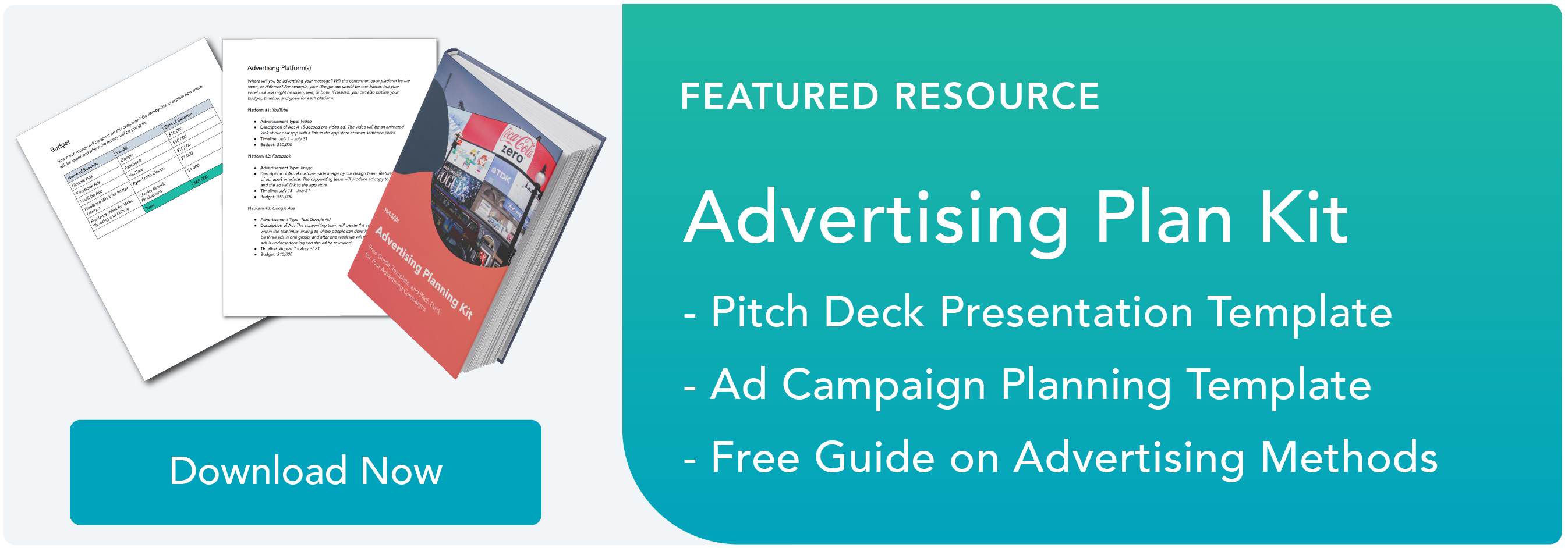

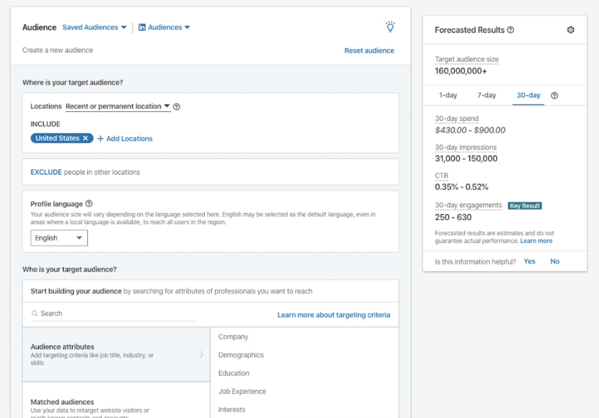
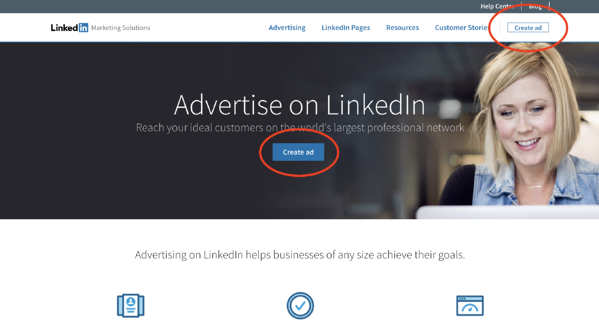 From there, you’ll be prompted to create a LinkedIn Campaign Manager account (if you haven’t yet). Make sure you enter your associated
From there, you’ll be prompted to create a LinkedIn Campaign Manager account (if you haven’t yet). Make sure you enter your associated 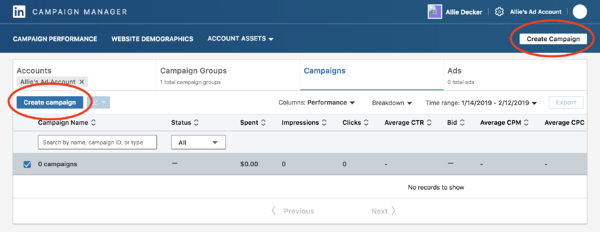

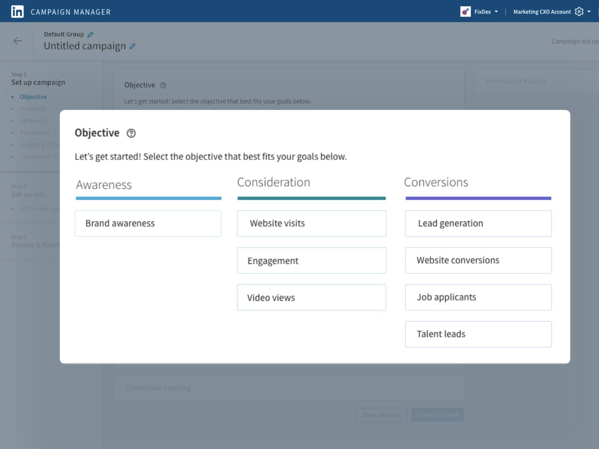 Your objective is what you want people to do when they see your ads. According to LinkedIn, choosing an objective helps them, “customize your campaign creation, deliver the best ROI for your stated goal, and show you relevant reporting.”
Your objective is what you want people to do when they see your ads. According to LinkedIn, choosing an objective helps them, “customize your campaign creation, deliver the best ROI for your stated goal, and show you relevant reporting.”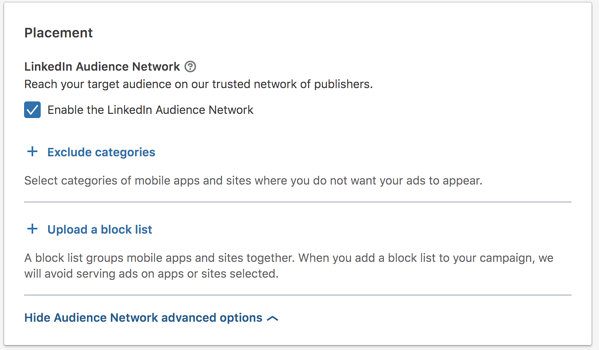
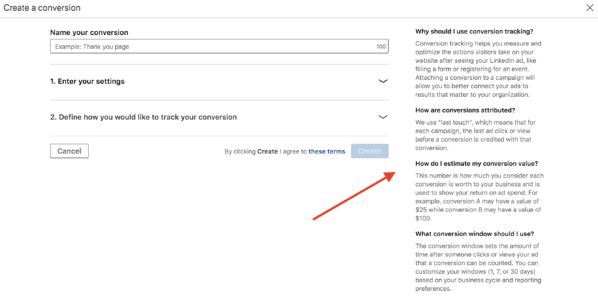
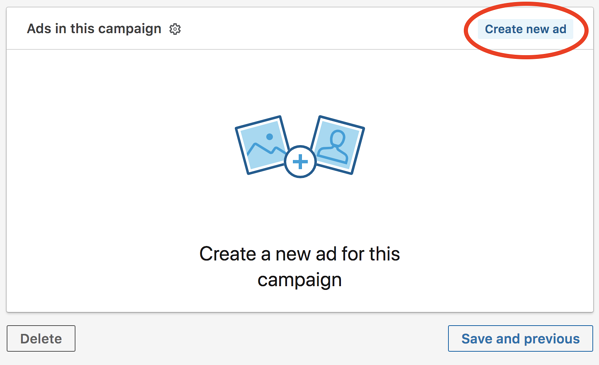

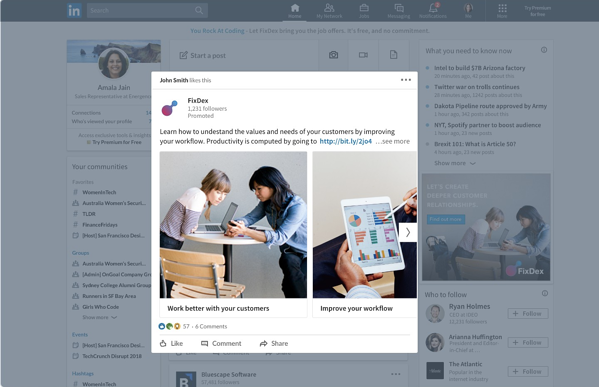
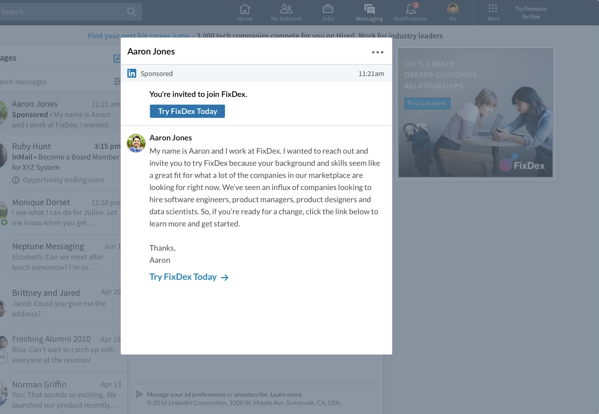
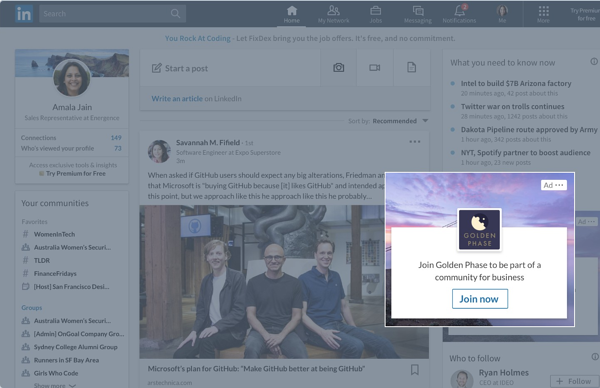
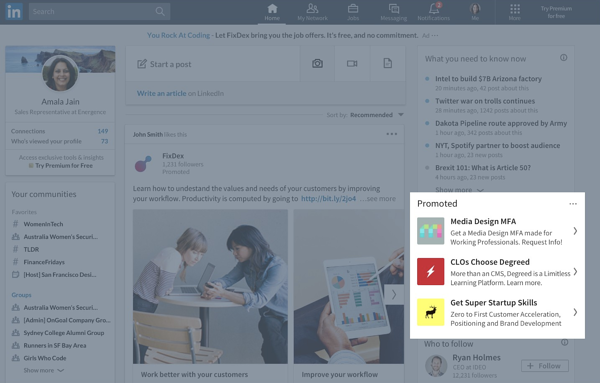
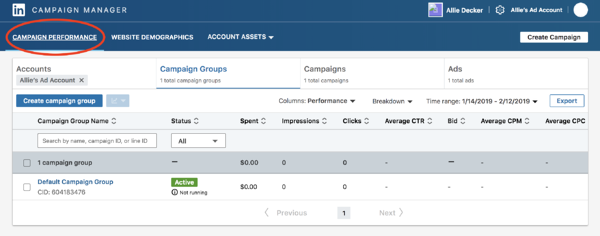

![→ Click here to download leadership lessons from HubSpot founder, Dharmesh Shah [Free Guide].](https://i4lead.com/wp-content/uploads/2021/08/4e634041-e1ce-4a85-8e65-aea12fc10b84.png)

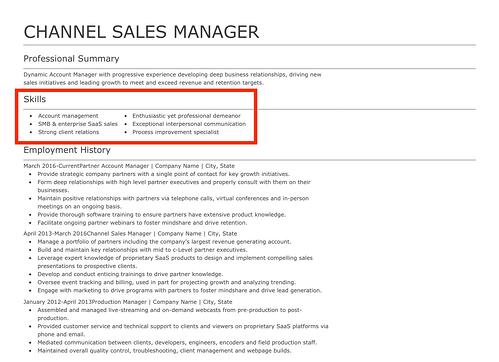
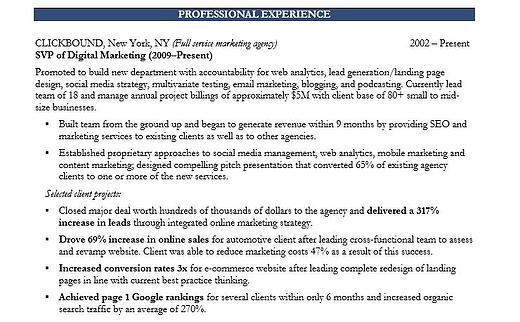
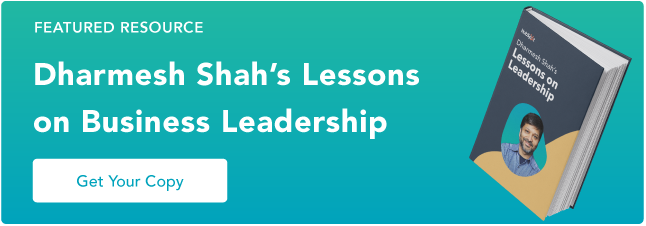
![Download Now: State of Marketing Report [2021 Version]](https://i4lead.com/wp-content/uploads/2021/08/6baeae42-e710-4ecd-beb9-ceb2fb9f0877.png)

![→ Download Now: 12 Resume Templates [Free Download]](https://i4lead.com/wp-content/uploads/2021/08/4ec95757-585e-40cf-9189-6b3885074e98-1.png)
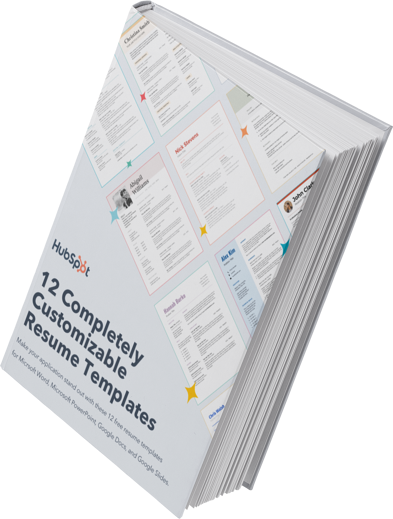
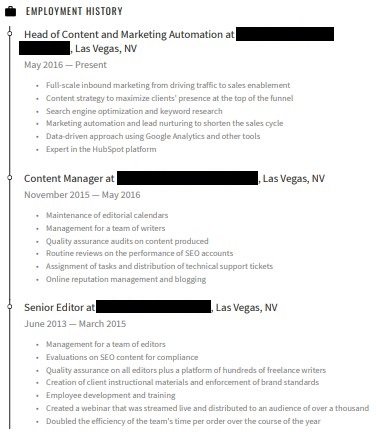
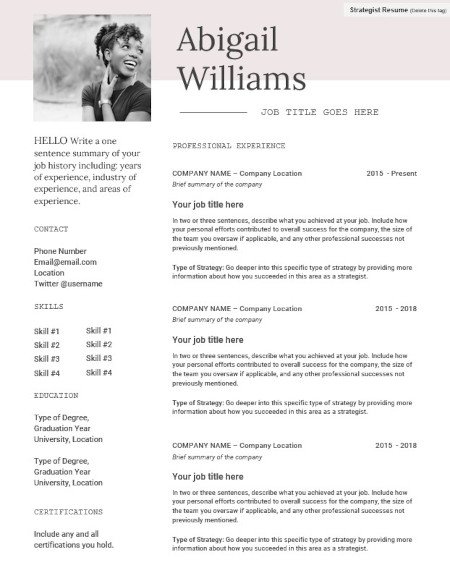
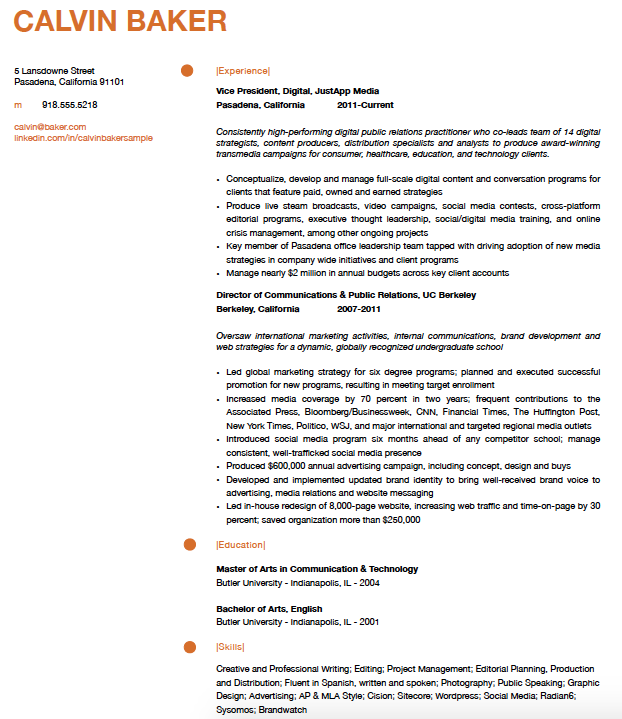
 It also depends on how successful you were at the school you attended. While there are some hiring managers who only give interviews to graduates of top-tier schools, most say it helps to go to a top-tier school, but it’s certainly not a deal-breaker if you went to a lower-tier school or community college. A community college graduate with a 4.0 GPA could be more attractive than an Ivy League graduate with a 2.0.
It also depends on how successful you were at the school you attended. While there are some hiring managers who only give interviews to graduates of top-tier schools, most say it helps to go to a top-tier school, but it’s certainly not a deal-breaker if you went to a lower-tier school or community college. A community college graduate with a 4.0 GPA could be more attractive than an Ivy League graduate with a 2.0.
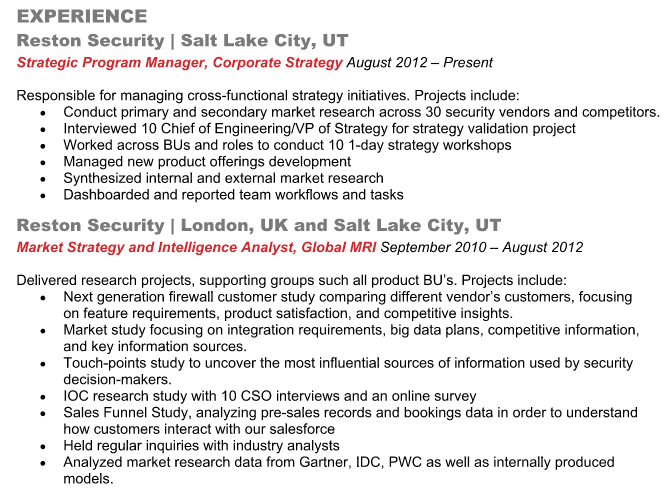
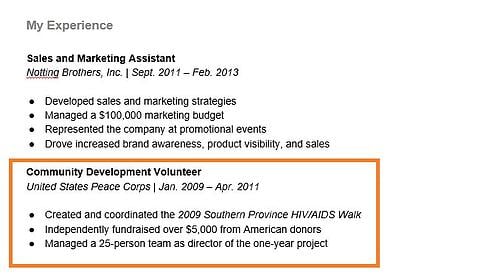


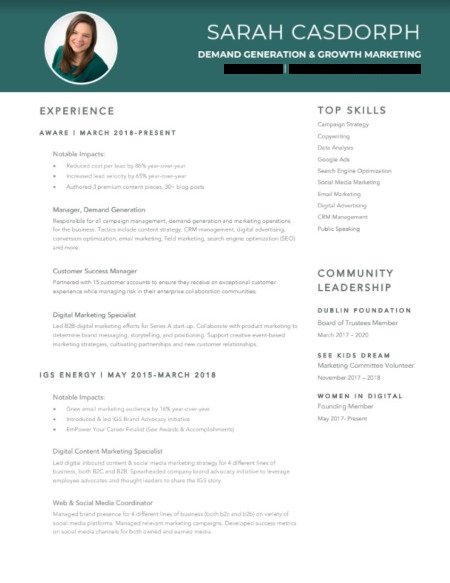
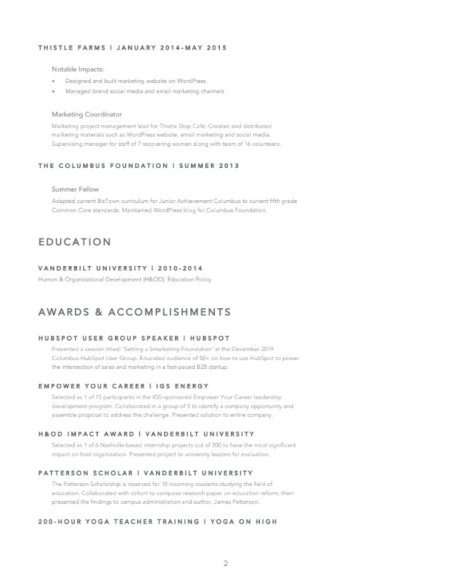
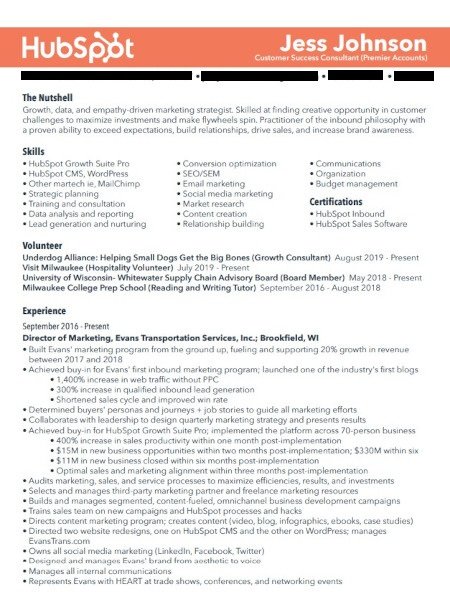
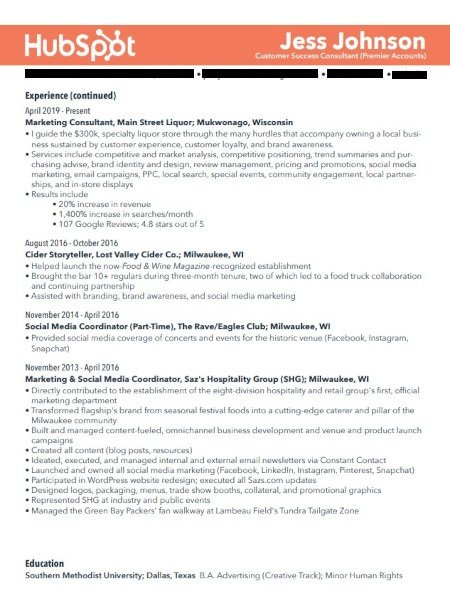
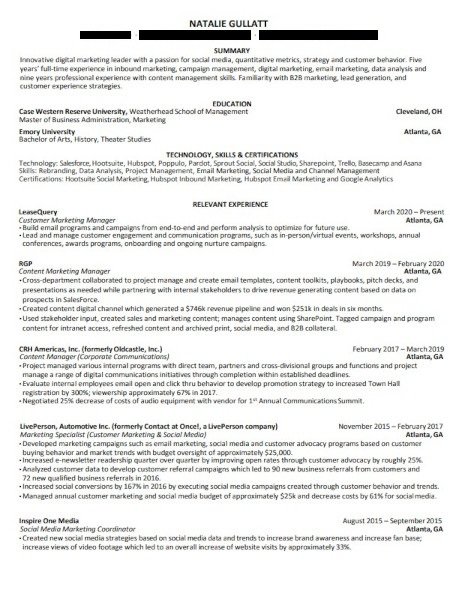


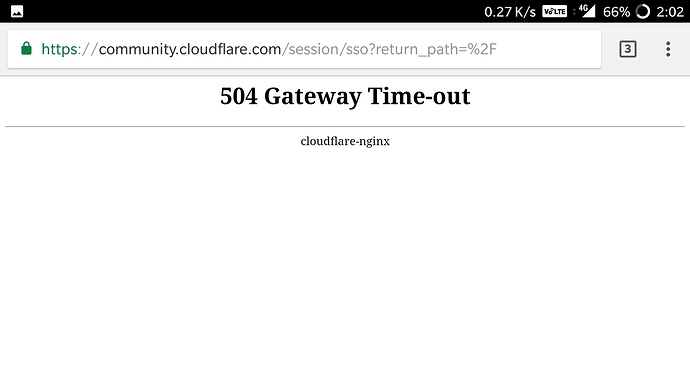
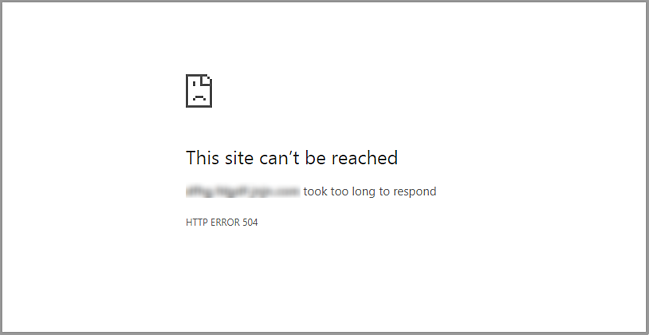

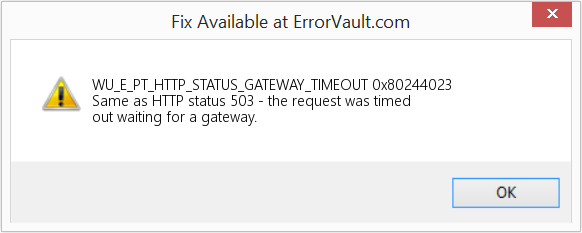
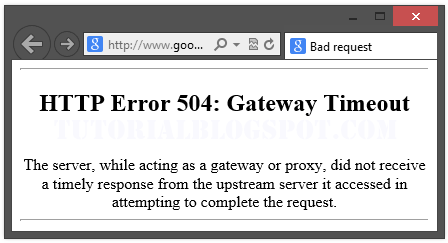
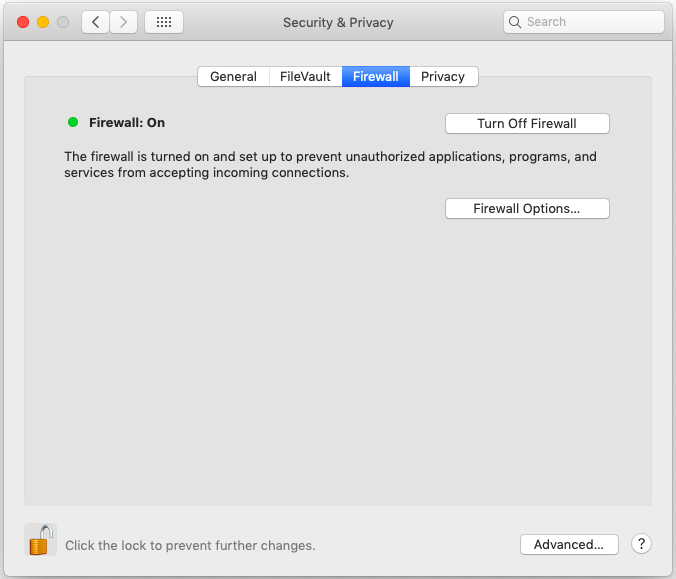

![Download Now: How to Use Google for Marketing [Free Guide]](https://i4lead.com/wp-content/uploads/2021/08/fe961d72-748d-41e6-ba2b-d88017efc594.png)
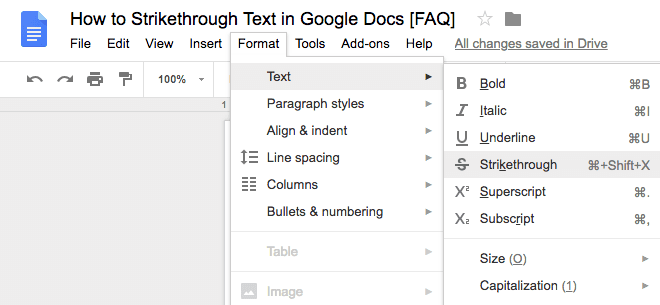
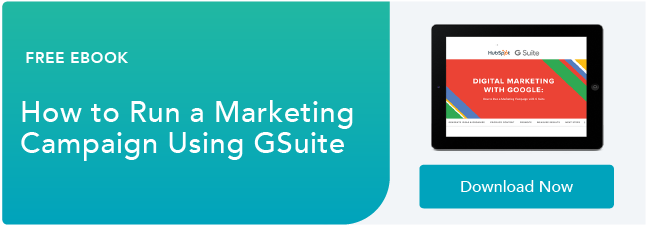

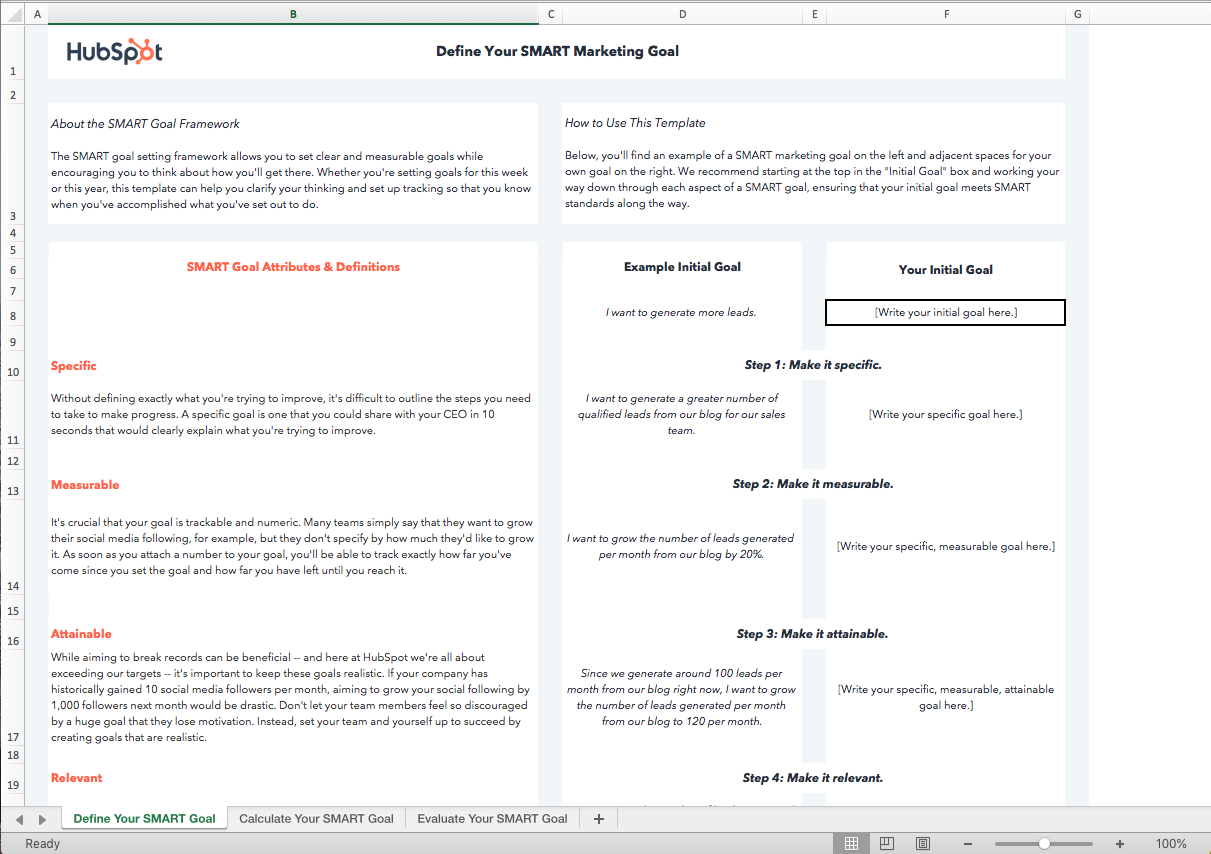
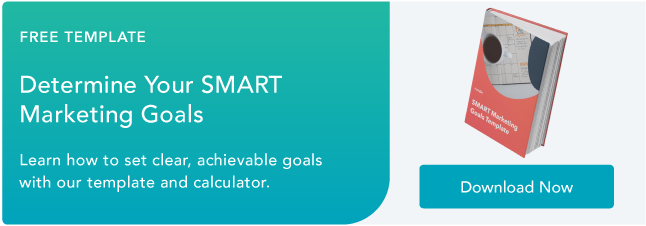
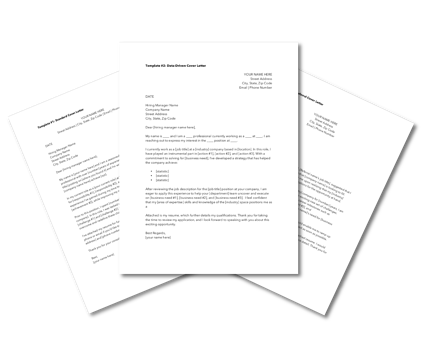
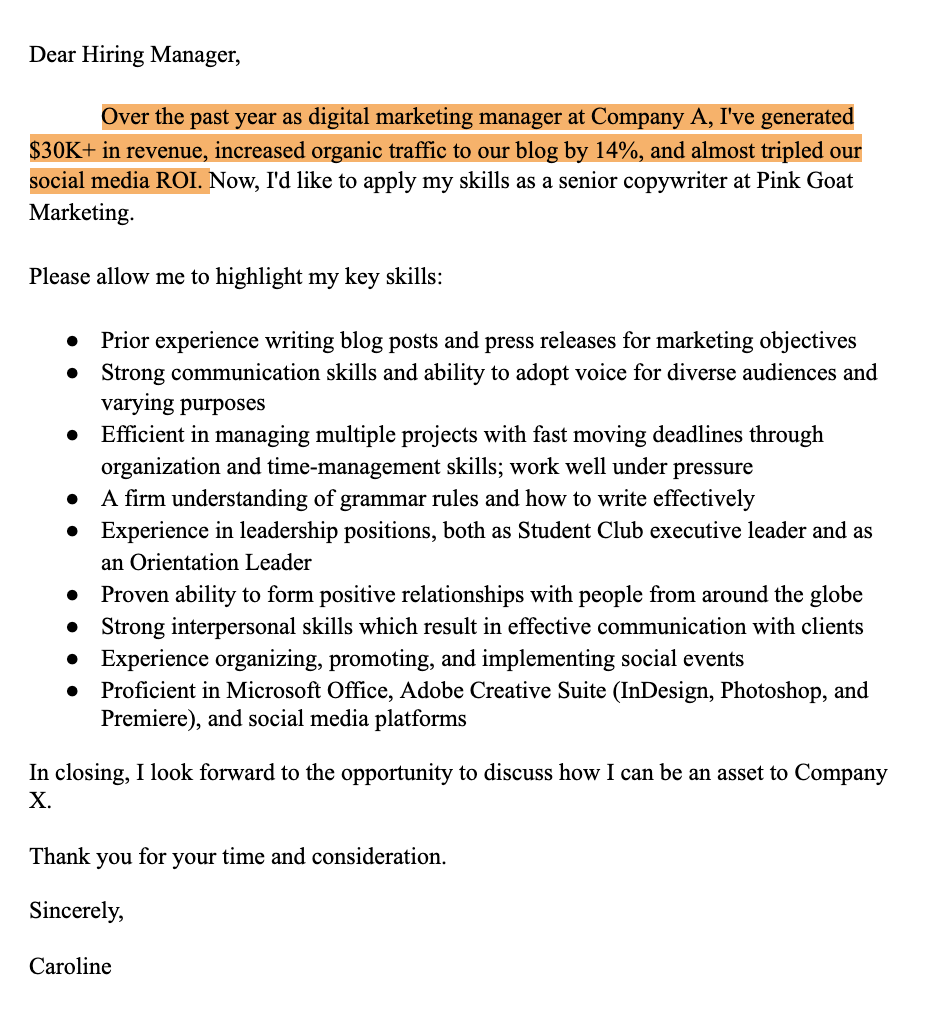
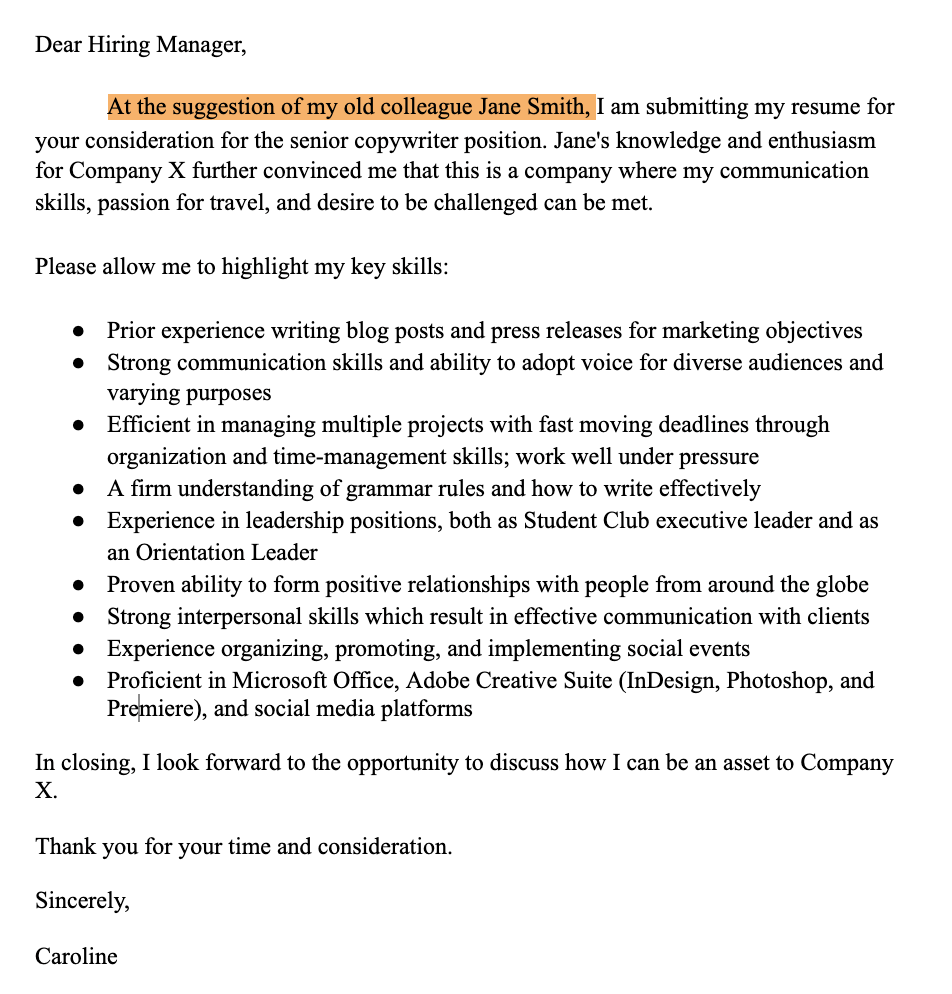
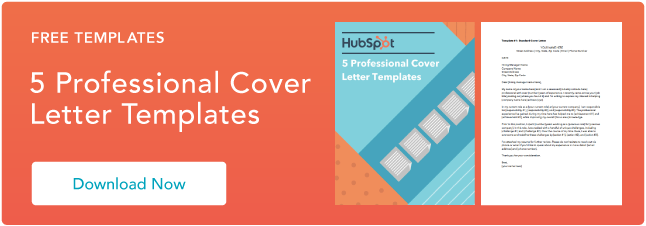


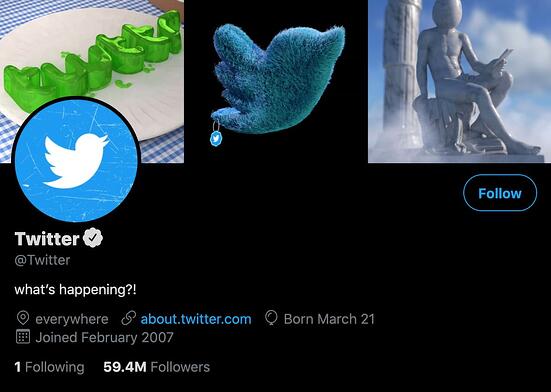

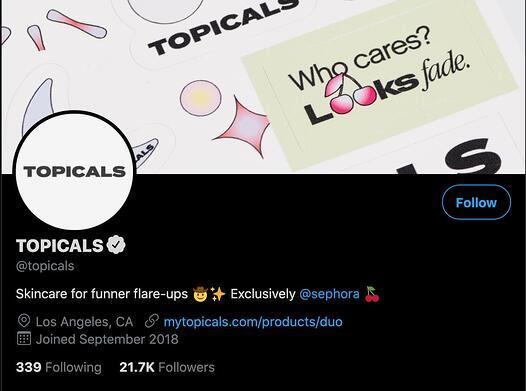 Why this works:
Why this works:
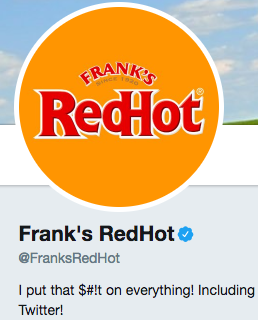
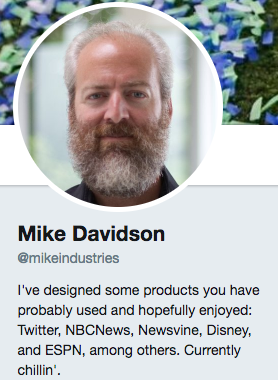
 Why this works:
Why this works: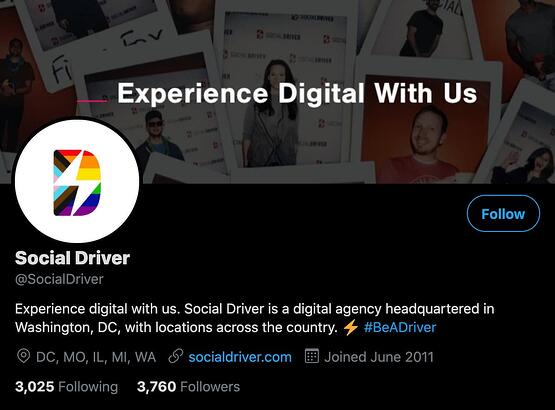
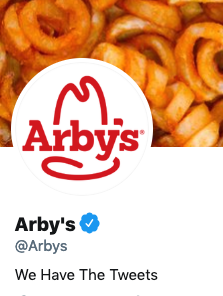

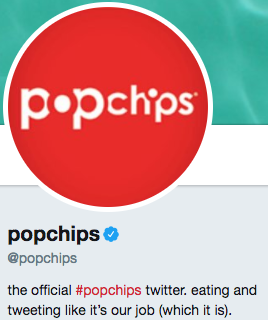

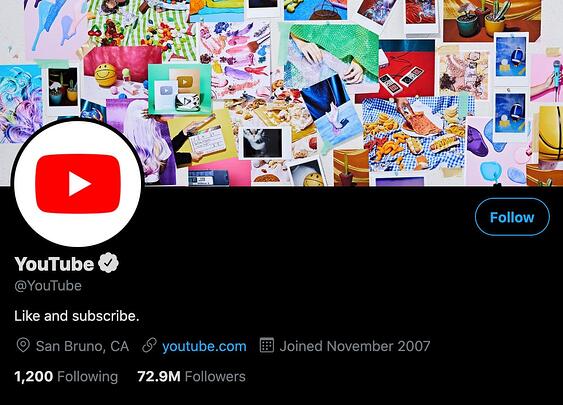

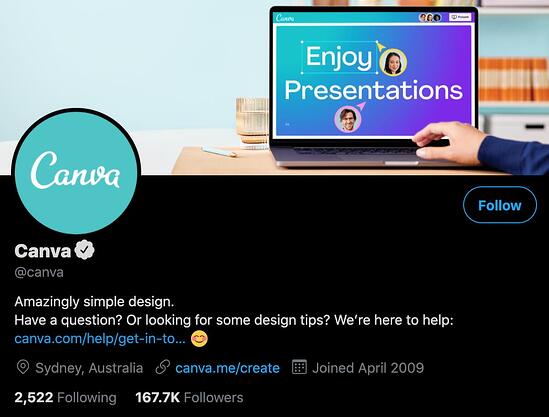 Why this works:
Why this works: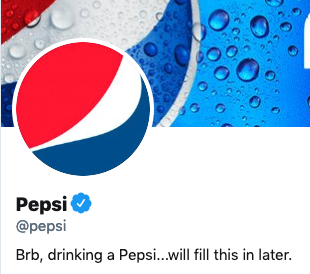


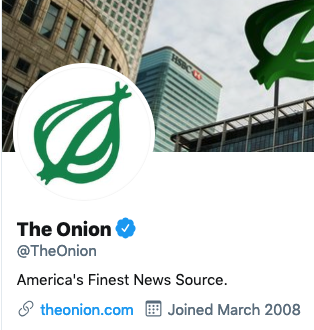

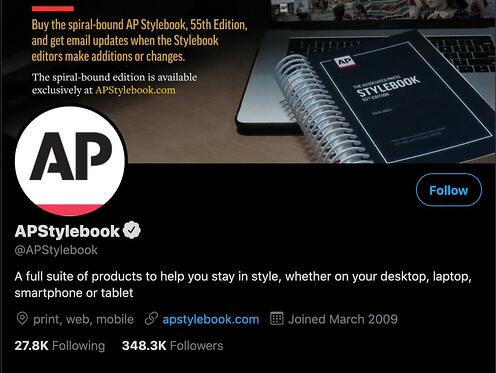

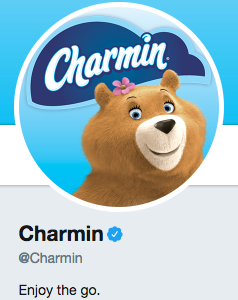
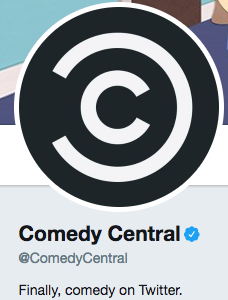

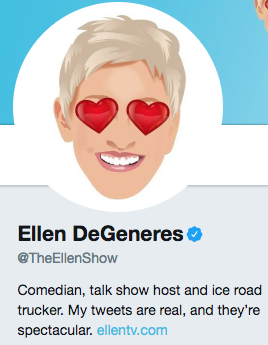
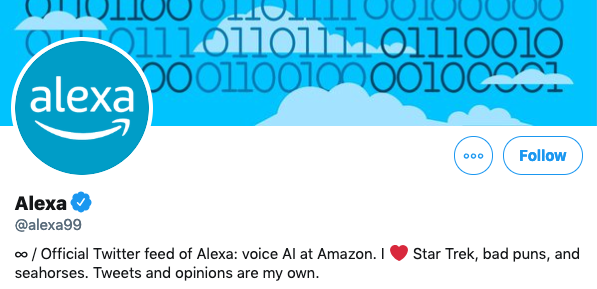 Why this works:
Why this works:


